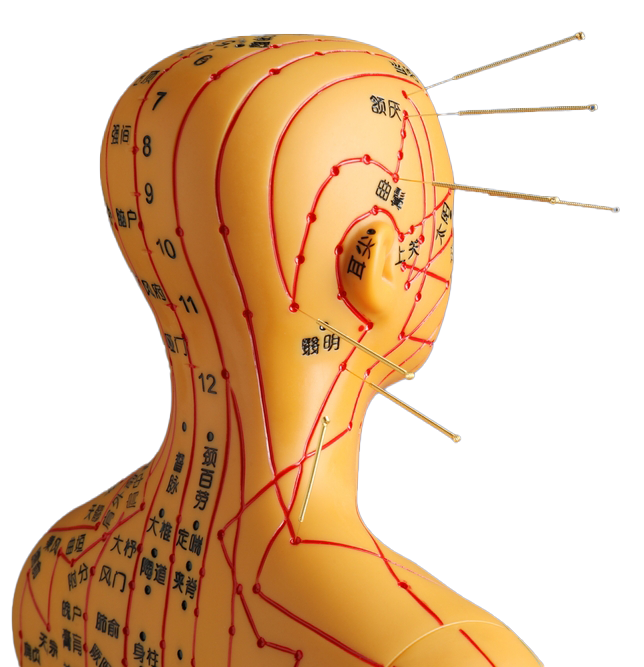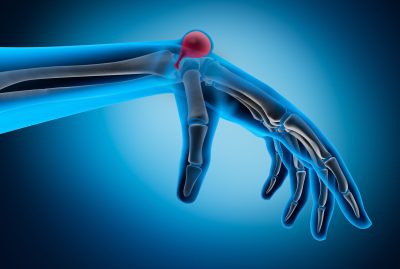- Facet joint Radiofrequency Thermocoagulation (RFT) Treatment
- Radiofrequency Thermocoagulation Dorsal root ganglion (DRG) radiofrequency thermocoagulation (RFT)
- Discitis Procedure
- Sacroiliac Joint Radiofrequency Treatment (Simplicity)
- In-Disc Ozone Therapy
- Nucleoplasty
- Transforaminal Injection (Pinpoint)
- Facet joint block
- Epidural Injection
Epidural Injection
Contents
Toggle- Creating an individualised treatment plan
- The role of different specialities (physiotherapist, orthopaedist, psychologist, neurosurgeon)
- Pain treatment during pregnancy
- Treatment of chronic pain in the elderly
- Pain management in children
- Stress management
- Healthy eating
- Ergonomic living arrangements
- Exercise and mobility
- Facet joint Radiofrequency Thermocoagulation (RFT) Treatment
- Radiofrequency Thermocoagulation Dorsal root ganglion (DRG) radiofrequency thermocoagulation (RFT)
- Discitis Procedure
- Sacroiliac Joint Radiofrequency Treatment (Simplicity)
- In-Disc Ozone Therapy
- Nucleoplasty
- Transforaminal Injection (Pinpoint)
- Facet joint block
- Epidural Injection
- Cancer pain
- Permanent Epidural / Spinal Port Application
- Vascular Port (Permanent Vascular Access)
- Trigeminal Nerve RFT
- Blockade of Ganglion Stellatum
- Lumbar Sympathetic Ablation
- Facet joint Radiofrequency Thermocoagulation (RFT) Treatment
- Radiofrequency Thermocoagulation Dorsal root ganglion (DRG) radiofrequency thermocoagulation (RFT)
- Hernia Burning (IDET)
- Discitis Procedure
- Sacroiliac Joint Radiofrequency Treatment (Simplicity)
- Permanent Epidural / Spinal Port - Pump System
- In-Disc Ozone Therapy
- Nucleoplasty
- Peripheral Nerve Block
- Transforaminal Injection (Pinpoint)
- Facet joint block
- Epidural Injection
- Intra-articular Fluid Treatment
- Dorsal root ganglion (DRG) radiofrequency thermocoagulation (RFT)
- Spinal cord stimulation (pain pacemaker)
- Ergonomic living arrangements
- Spinal cord stimulation (pain pacemaker)
- Nucleoplasty
- Radiofrequency ablation
- Herbal solutions
- Dry needle treatment
- Anti-ageing treatments
- Ozone therapy
- Cupping therapy - Cupping
- Mesotherapy
- Prolotherapy
- Acupuncture
- Stem Cell Therapy
- Nerve blockages
- Corticosteroid injections
- Massage and relaxation techniques
- Manual therapy
- Electrotherapy
- Neuropathic pain medications
- Anti-inflammatory drugs
- Muscle relaxants
- Painkillers (paracetamol, ibuprofen, etc.)
Epidural injectionis a procedure in which medication is injected into the epidural space of the spine to control pain or reduce inflammation. It is often used to treat pain caused by nerve root compression or inflammation in the lower back, neck or back. Epidural injection is a minimally invasive procedure and is often preferred as an effective treatment option in cases that do not require surgery.
What is Epidural Injection?
- Epidural Area: It is the space around the spinal cord, between the membrane called dura mater and the bones of the spine. Nerve roots pass through this area.
- Transaction: During an epidural injection, anti-inflammatory drugs (usually corticosteroids) and/or local anaesthetics are injected into this area to reduce pain and inflammation.
In which cases is it used?
Epidural injection is usually used for the following conditions:
- Lumbar and Neck Hernia:
- When there is pressure on the nerve roots due to a herniated disc.
- Spinal Stenosis
- Nerve compression due to narrowing of the spinal canal.
- Sciatica
- In the treatment of nerve pain radiating from the hip to the leg.
- Complex Regional Pain Syndrome (CRPS):
- Control of chronic pain and disorders due to nerve damage.
- Chronic Low Back and Neck Pain:
- In pain due to inflammation or nerve compression.
- Degenerative disc diseases:
- Pain due to age-related deterioration of the discs.
- Nerve Injuries:
- In nerve damage after trauma.
How is the Procedure Performed?
1. Preparation:
- The patient is evaluated in detail before the procedure.
- If blood thinners are used, they may need to be stopped before the procedure.
- The procedure is usually performed as an outpatient and local anaesthesia is applied.
2. Patient Position:
- The patient is usually positioned in a prone or side lying position.
- The target area of the spine is sterilised.
3. Imaging Assistance:
- Fluoroscopy (X-ray) or ultrasound guidance ensures the correct positioning of the needle.
4. Drug Injection:
- A thin needle is carefully inserted into the epidural space.
- Corticosteroids (anti-inflammatory) and local anaesthetics (painkillers) are injected.
5. Completion:
- The procedure usually takes 15-30 minutes. After the needle is removed, the patient is observed for a short time and then discharged.
Advantages
- Reduces Pain Fast: Provides rapid relief of pain caused by nerve root compression or inflammation.
- Minimally Invasive It is applied without the need for surgical intervention.
- Targeted Treatment: Since the drug is applied directly to the problem area, effective results are obtained.
- Return to Daily Life is Easy: After the procedure, patients can usually return to their daily activities within a few hours.
Who is it suitable for?
- Patients who do not get enough benefit from medication or physiotherapy.
- In cases where surgical intervention is not required.
- People who have spinal pain and cannot control the pain with medication.
Risks and Side Effects
Epidural injection is usually a safe procedure, but rarely complications can occur:
- Temporary Pain or Sensitivity: Short-term pain at the site of needle insertion.
- Infection: Risk of infection in the epidural space.
- Headache Spinal headache caused by perforation of the dura membrane (rare).
- Haemorrhage Especially in patients taking blood thinners.
- Nerve Damage In very rare cases, nerve tissues are affected.
- Steroid Side Effects: Temporary facial flushing, increased blood sugar or insomnia.
Post Procedure Care
- Rest It is recommended to rest for a few hours after the procedure.
- Light Activities: Strenuous activities should be avoided on the same day after the procedure.
- Doctor's Check-up: If the pain persists or new symptoms appear, consult a doctor.
- Impact: The effect of corticosteroids is usually felt within a few days and can reduce pain for up to 6 months.
Success Rate of Epidural Injection
- Epidural enjeksiyon, doğru hasta seçimi yapıldığında %70-90 oranında etkili bir tedavi seçeneği olabilir.
- Temporarily reduces pain, which facilitates the application of physiotherapy and other methods.
Conclusion
Epidural injectionis a safe and effective method in the treatment of spine-related pain. Thanks to its minimally invasive structure, patients can recover in a short time and return to their daily lives. However, it may not be a long-term solution and repeated injections may be required. Its suitability and success rate should be evaluated by a specialist doctor depending on the patient's condition and the cause of the pain.





